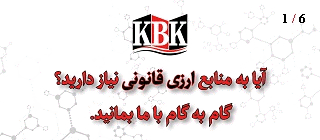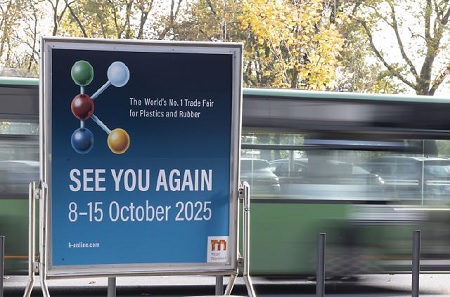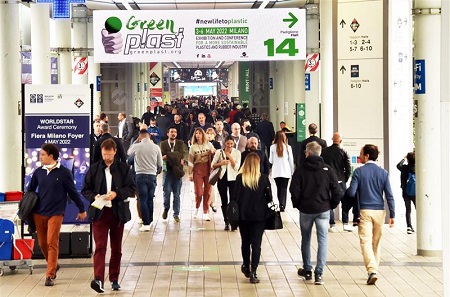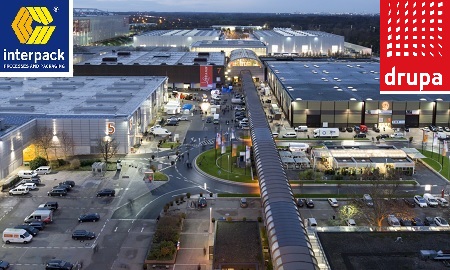 Inflammation in the polymer market continues, and the reciprocal changes in the production and selling rates of these products show that this market is still far away from the point of reaching a great deal of logic, but there are important opportunities in the face of this risk.
Inflammation in the polymer market continues, and the reciprocal changes in the production and selling rates of these products show that this market is still far away from the point of reaching a great deal of logic, but there are important opportunities in the face of this risk.
Although the rise in the US$ value has led to a rise in the market prices of polymers, but the prices of imported goods have also increased and, of course, the attractiveness of the export of final products has also in the main focal point of market manipulators. In order to examine the market conditions and the existing threats and opportunities, as well as the reasons for this situation, we met some of the experts in this area with the main events surrounding these markets.
Threats and opportunities for petrochemicals
The pricing of free polymers in recent days and weeks has completely changed the previously relative stable condition, resulting in a new inflammatory outcome. The reason is that, though, in the final days of last year, following a rise in the US$ value there was also a sharp increase in commodity prices, but this time, not only with the announcement of the price of Rls 42000 per US$ (showing less value for the FOREX), the prices didn’t change, but at least in the free market, the inflammation became more serious and continued with more power, making accessibility to raw materials more complicated for true converters.
In this regard, in the meeting of a selected converting managers at the office of the Iranian media “World Economy”, the conditions governing the market for petrochemical products, the current debate on the domestic market and the causes of this threats were examined and discussed. This issue, along with market realities and, of course, field studies and talks with fans, means that for market management at the outset, the causes of the market infection is to be checked after the announcement of the new US$ value set at Rls 42000 by the CBI.
Since then the exportation of polymeric materials and even metals to the neighboring countries, such as Iraq and Afghanistan, were one of the reasons for price inflammation, which means that some buyers purchased goods from the market and then exported it to other countries. This is due to the fact that this export mode has become a good excuse for acquiring the Forex by selling it to the neighboring markets against the Iranian rials, and the attractiveness of this trading method ultimately led to its prosperity.
In contrast to this approach, the export code of the Ministry of Industry, Mining and Commerce authorizes only the original manufacturer or its agent, which could lead to serious reversal of petty export transactions in the Iraqi and Afghan markets. Some market participants reported the implementation of this directive as a positive action, and some others had a negative trend. Such a conflict is interesting from different angels. In any case, not only the inflammation in the polymer market has not been relaxed, but also in the early and the final days of last week, we were seeing a new price increase in these markets, which is itself a reason for the disequilibrium in the polymer market. The tangible increase in the volume of demand in stock exchanges, the attempt to manage demand with increasing purchasing tightening, as well as the persistence of purchasing polymer that are attractive from the viewpoint of its profit margin in the domestic and stock markets, have been shown in recent days, and certainly can not give a definitive view of prices and market flows, even for near future.
The mobilization of liquidity giants and efforts to secure more assets by purchasing more raw materials in the downstream industry, along with a serious increase in the cost of finished products imported in the polymer industry and, of course, the possibility of further increase in the price of final products in the free market, is another case in for discussions at this meeting. Market experts and market participants attended the meeting to review the market situation and its peripheral events.
Exchange prices and market fluctuations
Saeed Turkman: In the days when we are witnessing serious turbulence, variations and pessimistic changes, it’s better to look at the issues in a more realistic way. In the midst of any threat, there are many hidden opportunities; in the face of threats, we miss the many surrounding opportunities. For example, in the current situation, when more than 80% of raw materials have experienced a growth of more than 50 percent, the materials that have been exported to the neighboring countries, return back to Iran and sold with approximately 4,000 Toomans surplus to the end consumer. Of course, though, the raw material is expensive, but our product are can’t be expensive. Assuming all these problems, many production units, especially those who enjoy the most favorable exports, have better conditions than before, and it can be said that the overall production situation is better than before, and given the lack of attractiveness of imports for products ultimately, perhaps this situation is still improving further.
As another example, nowadays, when the dollar value is high, the cost of smuggling has also increased sharply, which is a good news for many industries, such as the shoe industry. We hope that in this situation, the polymer industry will benefit from events, but not the brokers of raw materials. For example, in a country like Iraq, both with the supply of Iranian raw materials and with the supply of other countries, have become a serious competition, and it should be taken into account that the goods exported to Iraq will simply be re-exported to other countries. Which is undesirable for domestic and regional markets for petrochemicals and our domestic polymer industry.
Promoting Export Markets by Government
Seyyed Javad Jahromi: For subjects like the export issue and its approaches, direct governance must be introduced so that businessmen and economic activists can exploit the opportunity created. There are many individuals and organizations involved in exporting practices and approaches, and this process in many occasions has not ended with positive results. On the Iraqi market, the proposal to establish a joint stock exchange market between Iran and Iraq has been proposed by the Iranian Stock Exchange. At the first step for exporting commodities to a market like Iraq, we need to have the demand of Iraq, which means we will need to attract Iraqi buyers. Further for fund settlements we need involvement of organizations like IME for solving the involved problems in between.
This meeting that ended with several proposals from the plastics market activists, show that the Iranians could still be the best buyers from foreign markets, but when it goes to direction of exports, they are still facing with a lot of problems that no one knows how to solve it.












